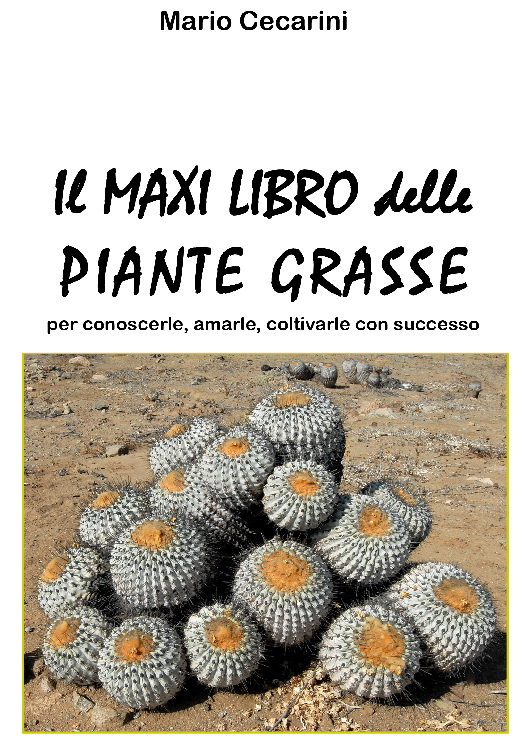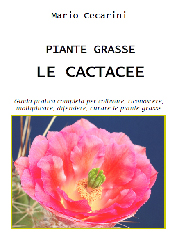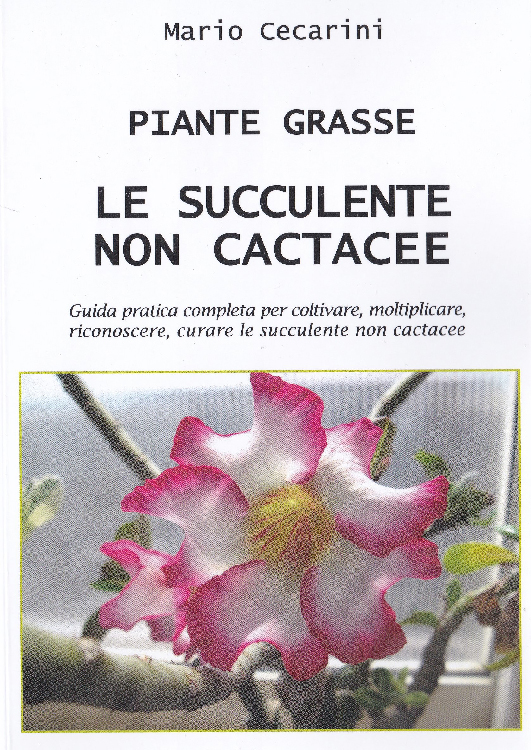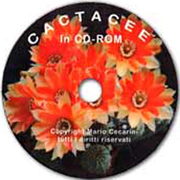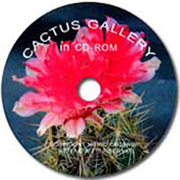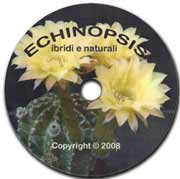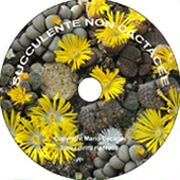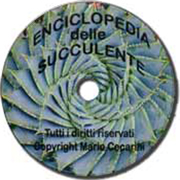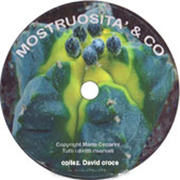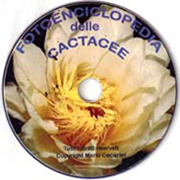Habitat: Northern and central Mexico.
Description: a genus of dwarf globular cacti with 8 to 11 ribs, a tap root and green colour. They seldom produce offsets if not grafted. They are highly adapted to growing on stony, clayey, calcareous, dusty slopes with or without chalk. White-pink or fuchsia flowers appear in the summer. It is thought to be the smallest of all known cacti.
Location: provide filtered light.
Soil: mineral sandy mix which may be improved by the addition of agricultural chalk and small traces of organic matter; try mixing 2 parts lapillus or pozzolan ash, one part sand, one part garden soil with a small amount of chalk; pH should be neutral.
Temperature: needs a minimum temperature between 5 and 8°C (41-46°F). Cold and humid conditions are harmful.
Water: water well from April to September; make sure the soil becomes dry before watering again.
Cultivation tips: a very slow-growing cactus that is often grafted on Eriocereus jusbertii or Eriocereus bomplandii; difficult to raise from seed. It is possible to graft both the seedlings and the offsets produced by grafted specimens. In this case, you can expect flowers after 5 years or so while it may take up to 12 years for non-grafted plants to blossom. Clay pots are ideal containers.
Main species of Aztekium: Aztekium hintoni, enjoys the summer heat with low humidity levels, up to 40° C. It is naturally found at 4000 feet together with Geohintonia mexicana; Aztekium ritteri.




